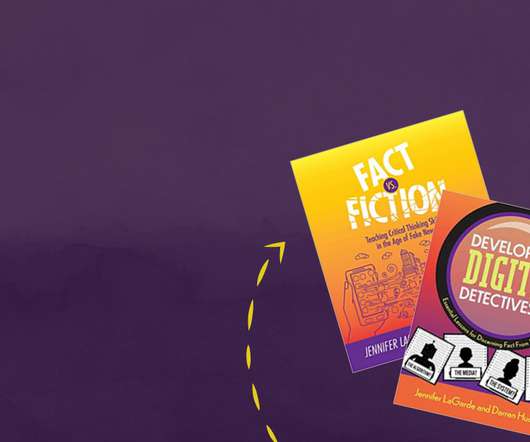Challenges in Curation: Successfully Integrating Open Educational Resources in the Classroom
Digital Promise
JUNE 8, 2017
As the moderator of a SXSWedu panel covering the Challenges of Curation in K-12 Schools, I held several brainstorm calls with the panelists, sent them thought-starter questions, solicited feedback from teacher and librarian contacts in the industry, and thought I was as ready as I could be. Define OERs. Talk to my librarian.




















Let's personalize your content